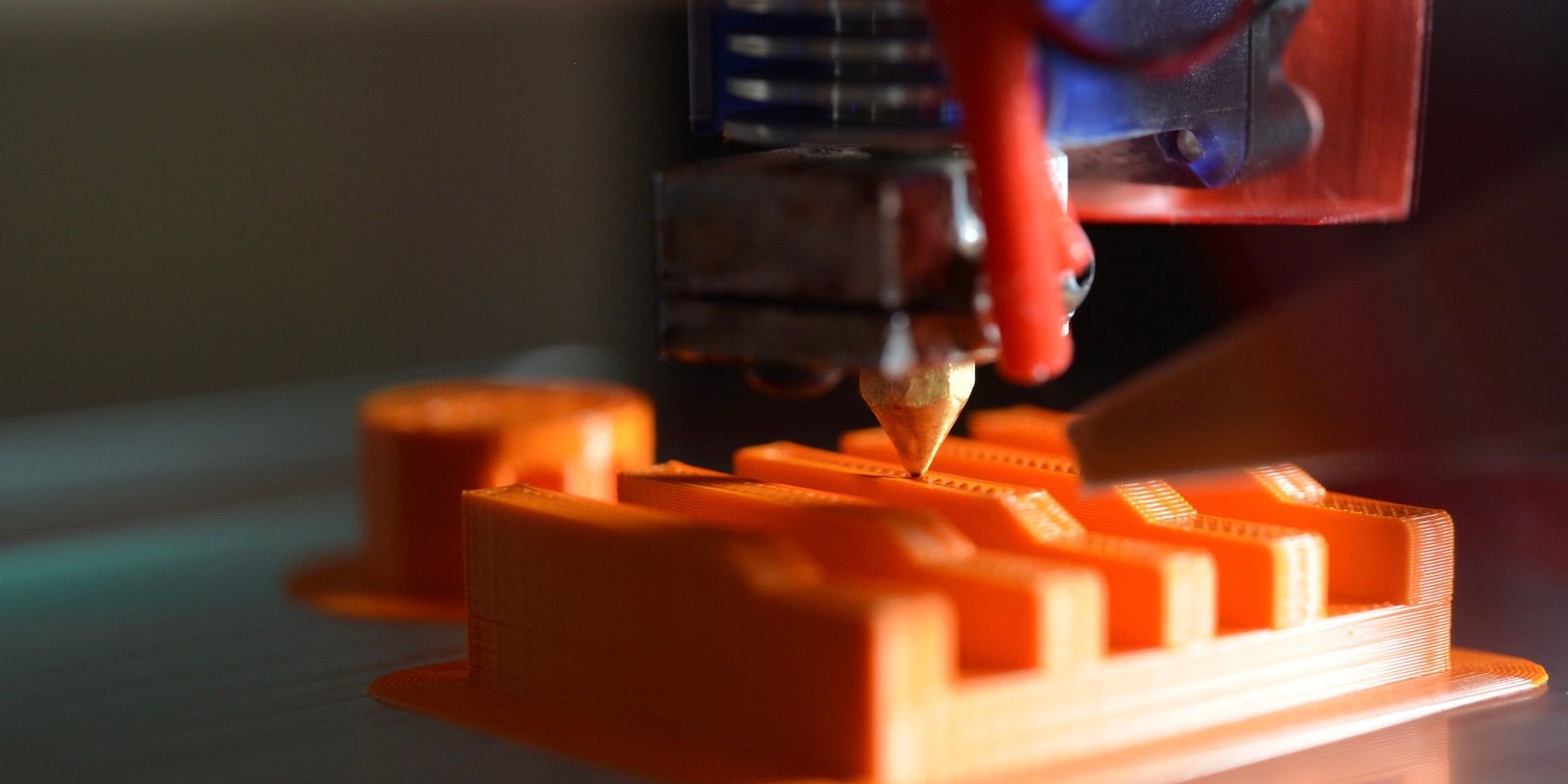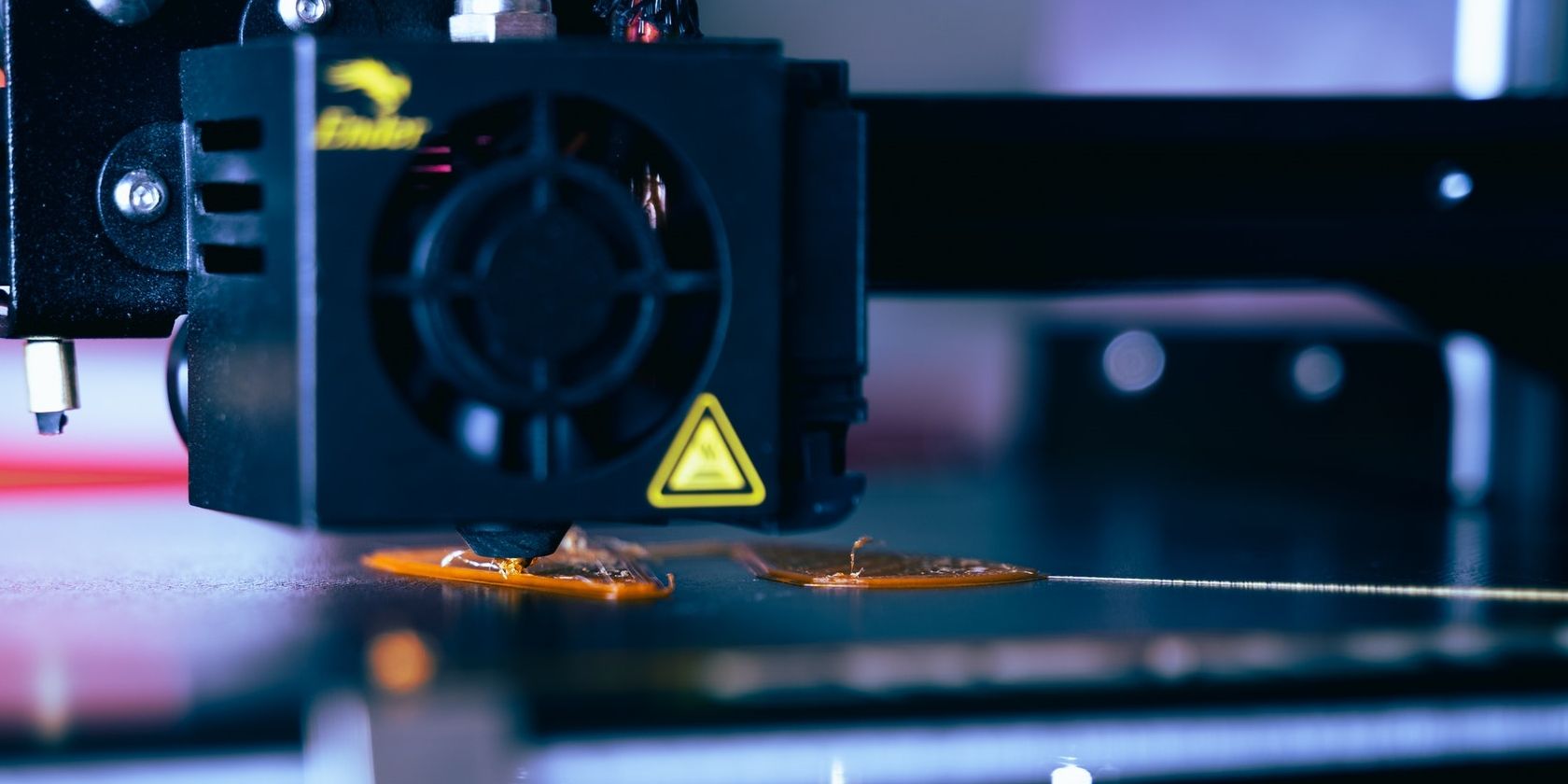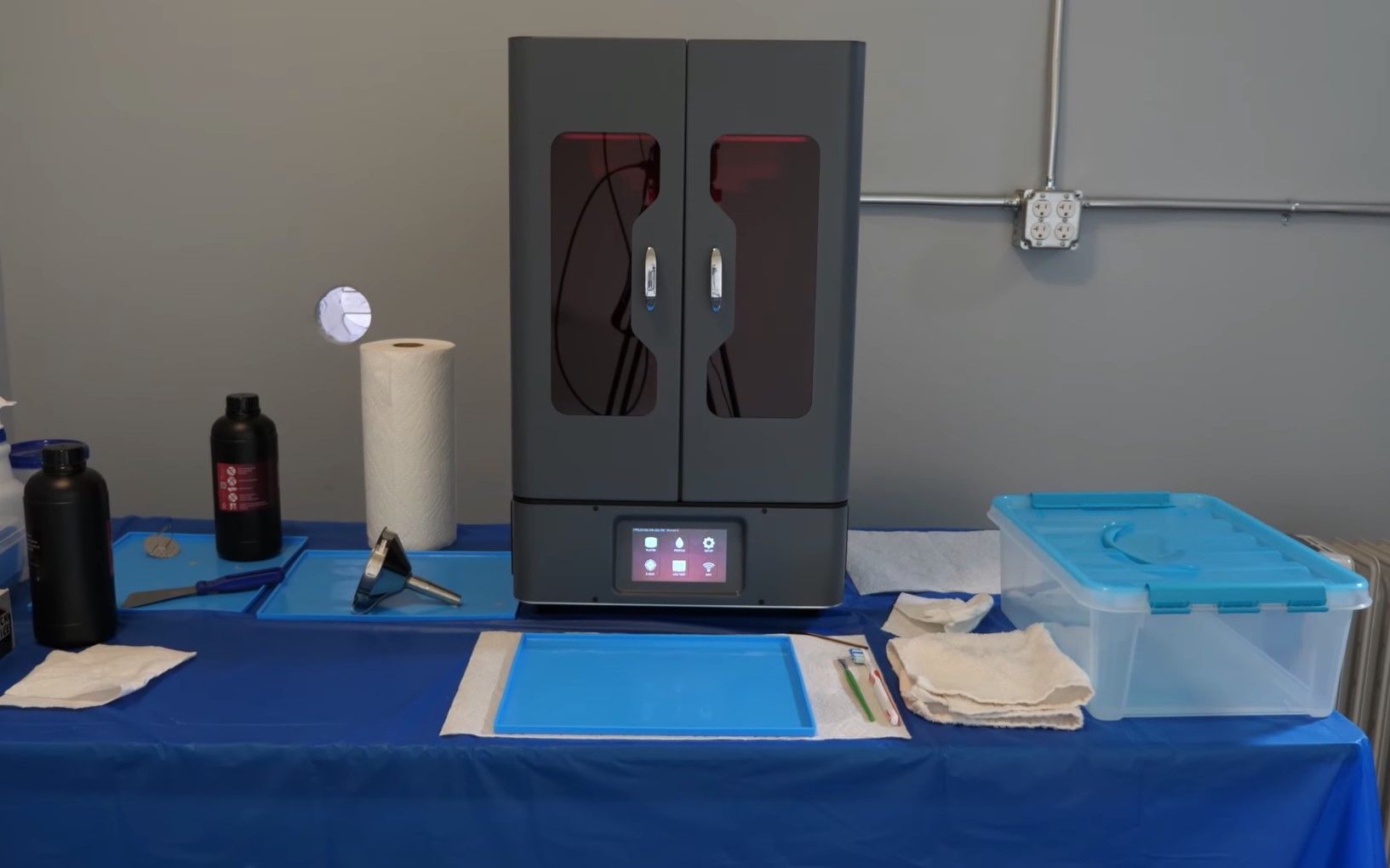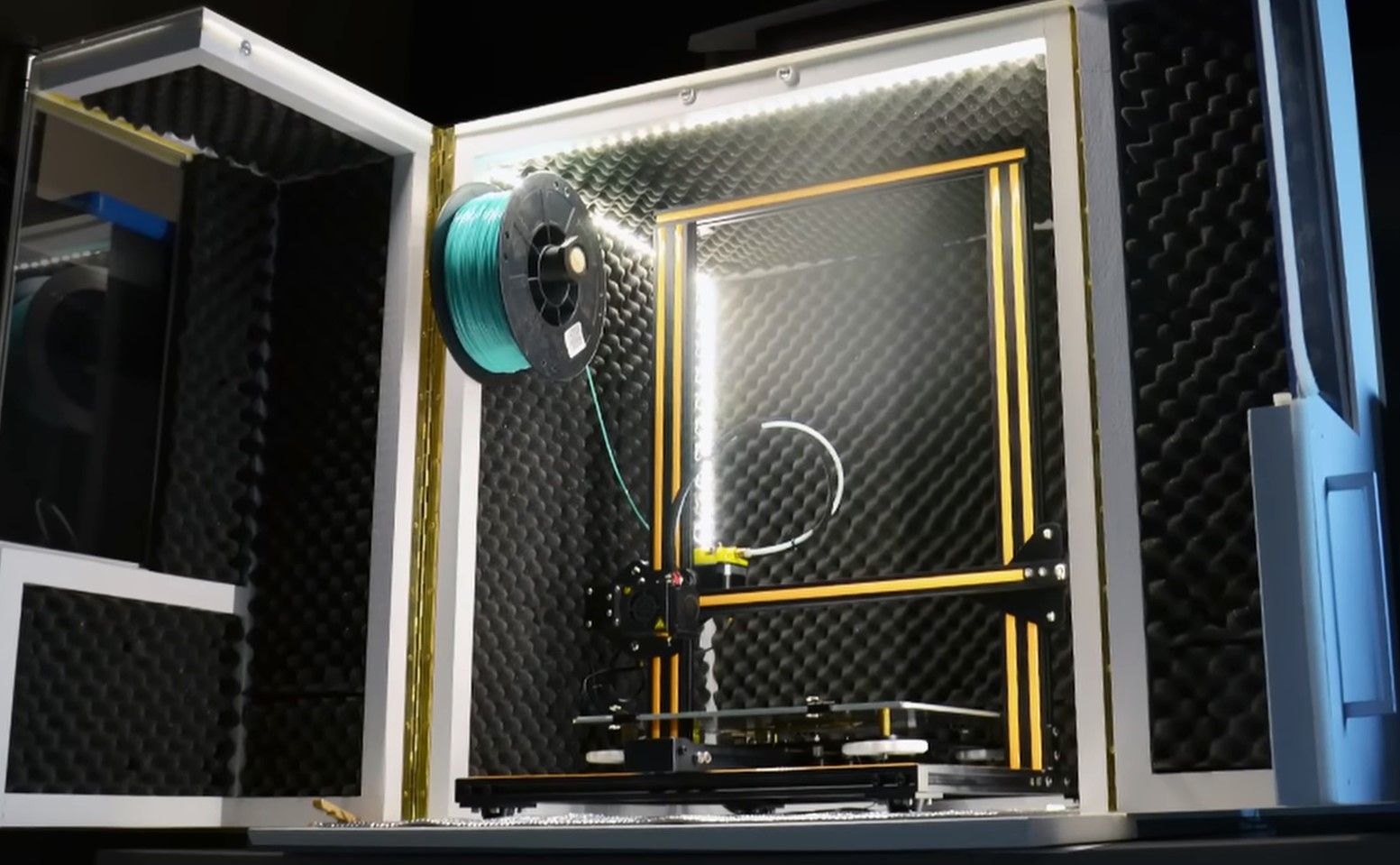With the growing popularity of 3D printers comes a new set of concerns, chief among them being the potential health hazards posed by the fumes emitted when 3D printing objects. Several studies have indicated that 3D printer fumes pose a risk to human health, so it's important to familiarize yourself with these risks and how you can avoid them.
What's in 3D Printer Fumes
When a 3D printer works, it emits fumes that contain particles of plastic, metal, and other materials. 3D printer fumes comprise two categories of ingredients: UFPs and VOCs. Ultrafine particles (UFPs) are tiny and can cause inflammation inside the eyes and nasal areas when you're not wearing proper safety gear.
Volatile Organic Compounds (VOCs) include a wide variety of compounds emitted from certain solids and liquids. Some of these are not harmful and have a sweet smell, while others can have negative short- or long-term health effects, according to an EPA article on indoor air quality. You should take care to avoid long-term exposure to VOCs as well as UFPs.
3D printer fumes being inhaled into the lungs can cause respiratory problems and other health issues. These fumes can also irritate the eyes. And when the're absorbed through the skin, they can raise the risk of skin irritation and other issues.
Risks of Inhaling 3D Printer Fumes
Inhaling 3D printer fumes can cause various health risks, such as the following:
- Allergic reactions: Some 3D printing filaments contain ingredients that can trigger allergies or irritate respiratory systems. According to research in Environmental Science and Technology, ABS and PLA filament were found to have a higher potential to trigger allergies or inflammation.
- Dermal exposure: 3D printer fumes may also contact the skin, leading to potential irritation. In particular, extrusion-based 3D printers use thermoplastics which can be hazardous if they make direct contact with the skin and cause chemical burns. The CDC's article on 3D printing safety mentions skin contact with harmful 3D printing materials as one of the hazards of this technology.
- Respiratory system issues: Some 3D printing fumes contain gaseous substances that can potentially cause damage to the respiratory system. These fumes may irritate the eyes, nose, and throat, as well as trigger coughing, headaches, dizziness, and other signs of respiratory distress. According to the same study in Environmental Science and Technology, particles emitted by 3D printers negatively impact the quality of indoor air, and significant exposure can affect respiratory health. The study also found that emissions from ABS filaments tend to be more detrimental because ABS results in more emissions.
Long-Term Health Effects of 3D Printer Fumes
Long-term exposure to 3D printing fumes can have the following effects:
- Injury to the cells: Prolonged exposure to 3D printer fumes can damage cells, according to a study by the Chemical Insights Research Institute using human airway epithelial cells.
- Carcinogens: Some types of thermoplastics used in the 3D printing process contain carcinogenic substances that could potentially cause cancer if inhaled or ingested over an extended period. According to a 2016 study done by the American Chemical Society, ABS and HIPS filaments produced a large amount of styrene, which is classified as a possible human carcinogen by the International Agency for Research on Cancer.
How to Protect Yourself From 3D Printer Fumes
You can take several measures to reduce the number of 3D printer fumes you expose yourself to in your home or office environment. These include:
- Ensure proper ventilation: Ensure that your 3D printer has adequate ventilation and air circulation to minimize the buildup of 3D printer fumes. You can do this by opening windows, using a fan to circulate air, or installing an exhaust system.
- Use a respirator mask: If you are working with particularly odorous materials such as ABS, it may be beneficial to wear a respirator mask designed for protection from fumes and particles. Some also have special filters for protection against specific materials such as nylon and polycarbonate.
- Use safer materials: 3D printer filaments like ABS produce a lot of toxic fumes and should be avoided. You should consider choosing a 3D printer filament that produces fewer toxic fumes like PLA and PETG.
- Clean your printer regularly: Be sure to clean your 3D printer regularly to prevent the buildup of dust and other particles that could become airborne during prints. Regular cleaning of your printer will also help reduce any unpleasant odors. You can start by cleaning the 3D printer bed and advancing to other parts.
-
Enclosures: Install a 3D printer enclosure around your 3D printer to help contain the fumes and keep them away from other people in the space. The National Institute for Occupational Safety and Health (NIOSH) also recommends the use of enclosures to capture the fumes. An example of a 3D printer enclosure is shown below.
- Fans: Add fans near the printer to help push some fumes out of the workspace faster and improve ventilation circulation.
- Temperature control: Monitor and adjust your 3D printer's temperature to reduce the fumes the filament produces.
- Filament storage: Store your filaments in a cool area and away from heat sources like sunlight or direct heating to prevent off-gassing.
- Heated build platforms: Use a heated build platform to help keep the filament from overheating and reduce the number of fumes emitted.
- Wear protective gear: Wear safety glasses to protect your eyes from particles released during printing and gloves to stay safe from sharp edges on printed objects.
Take the Necessary Precautions When Working With a 3D Printer
Fumes produced by 3D printers can be harmful to your health, so it's essential to take all necessary precautions to reduce exposure to these fumes, including adequate ventilation and protective equipment. By taking these steps, you can ensure that 3D printing is safe for you and your family or coworkers. If you expose yourself to hazardous levels of these fumes, you should seek medical attention from a qualified professional.




